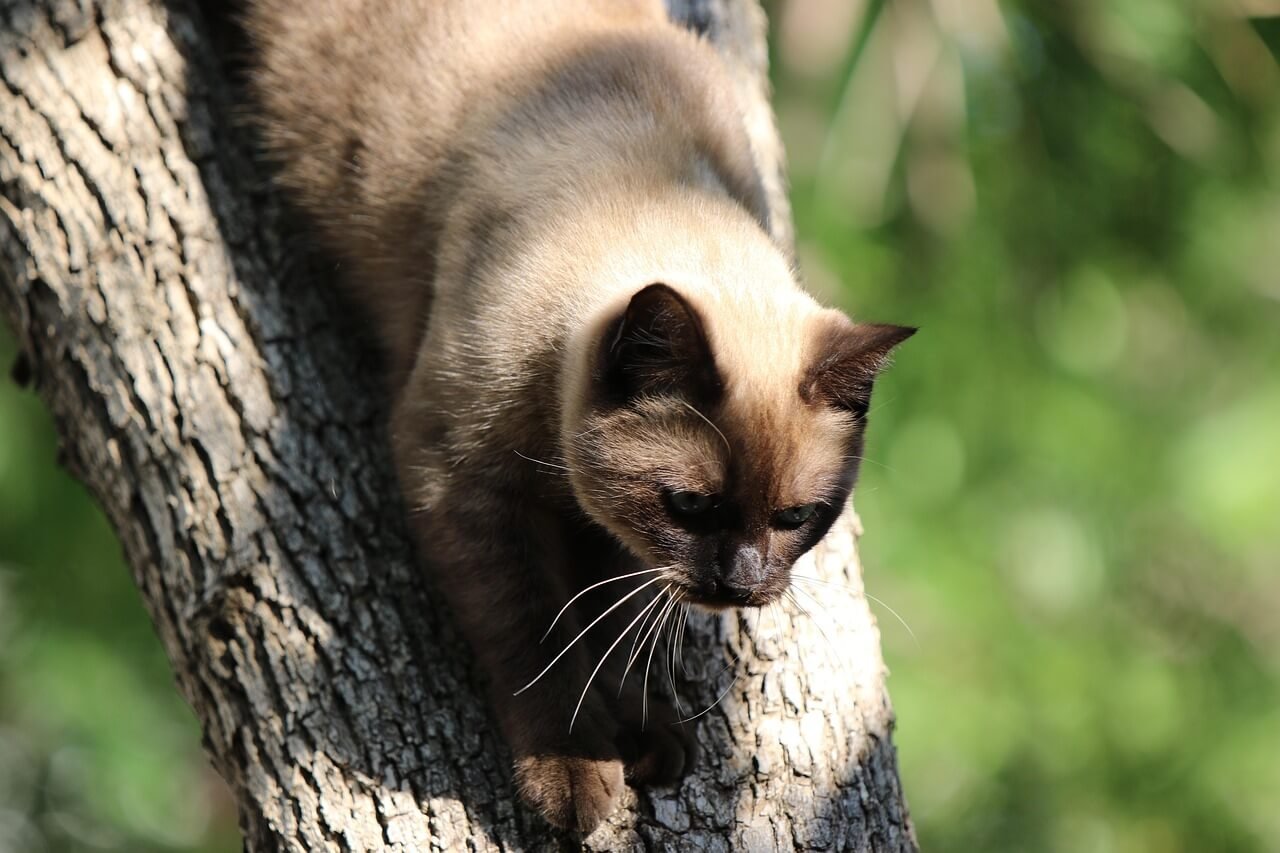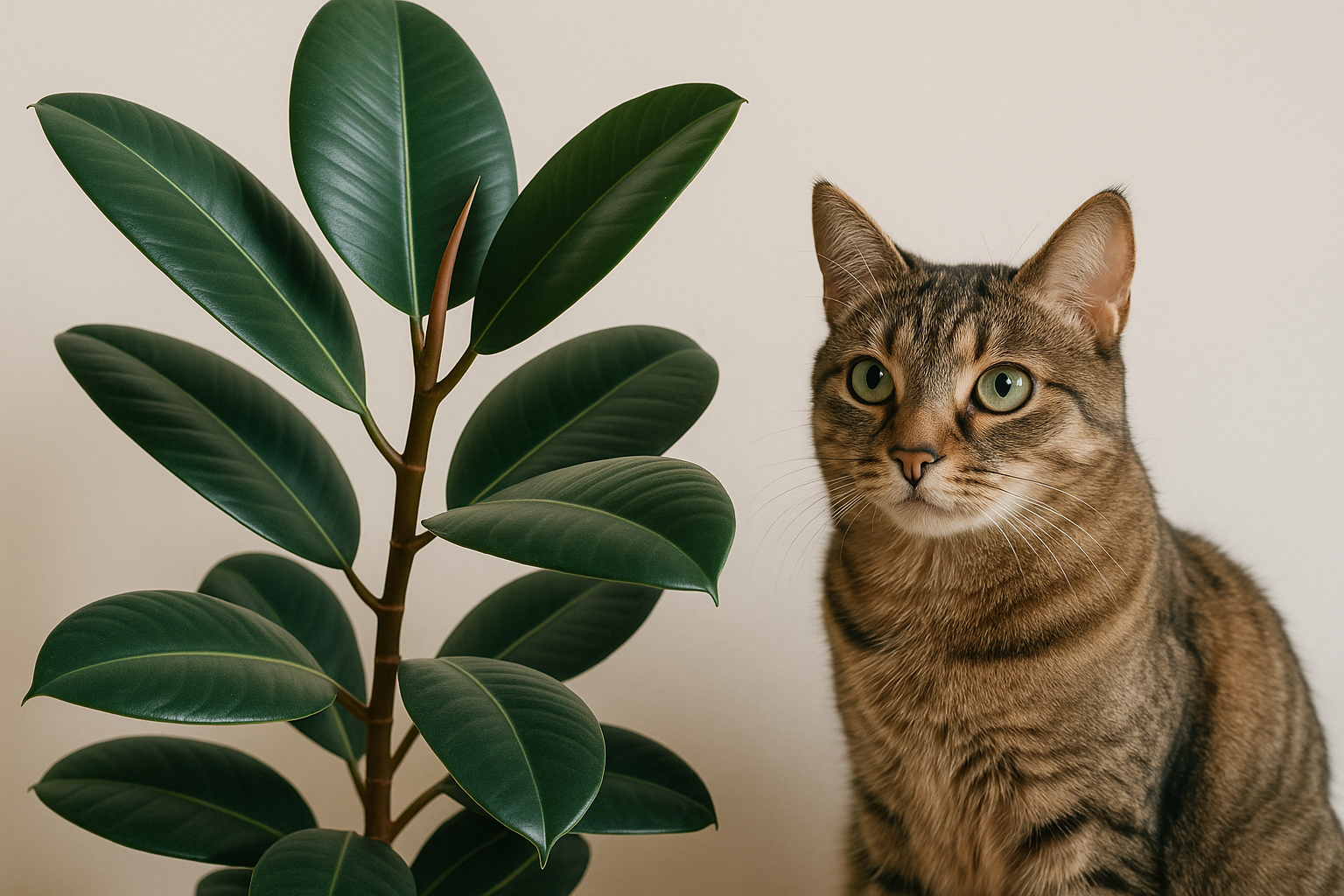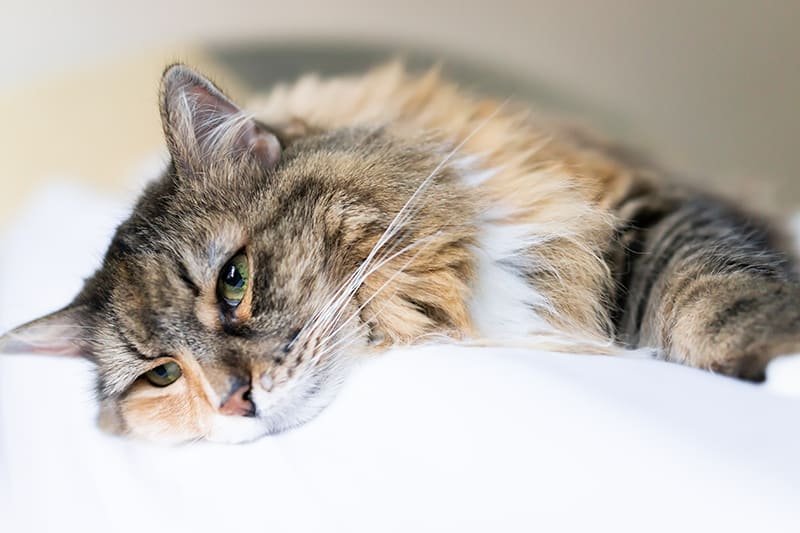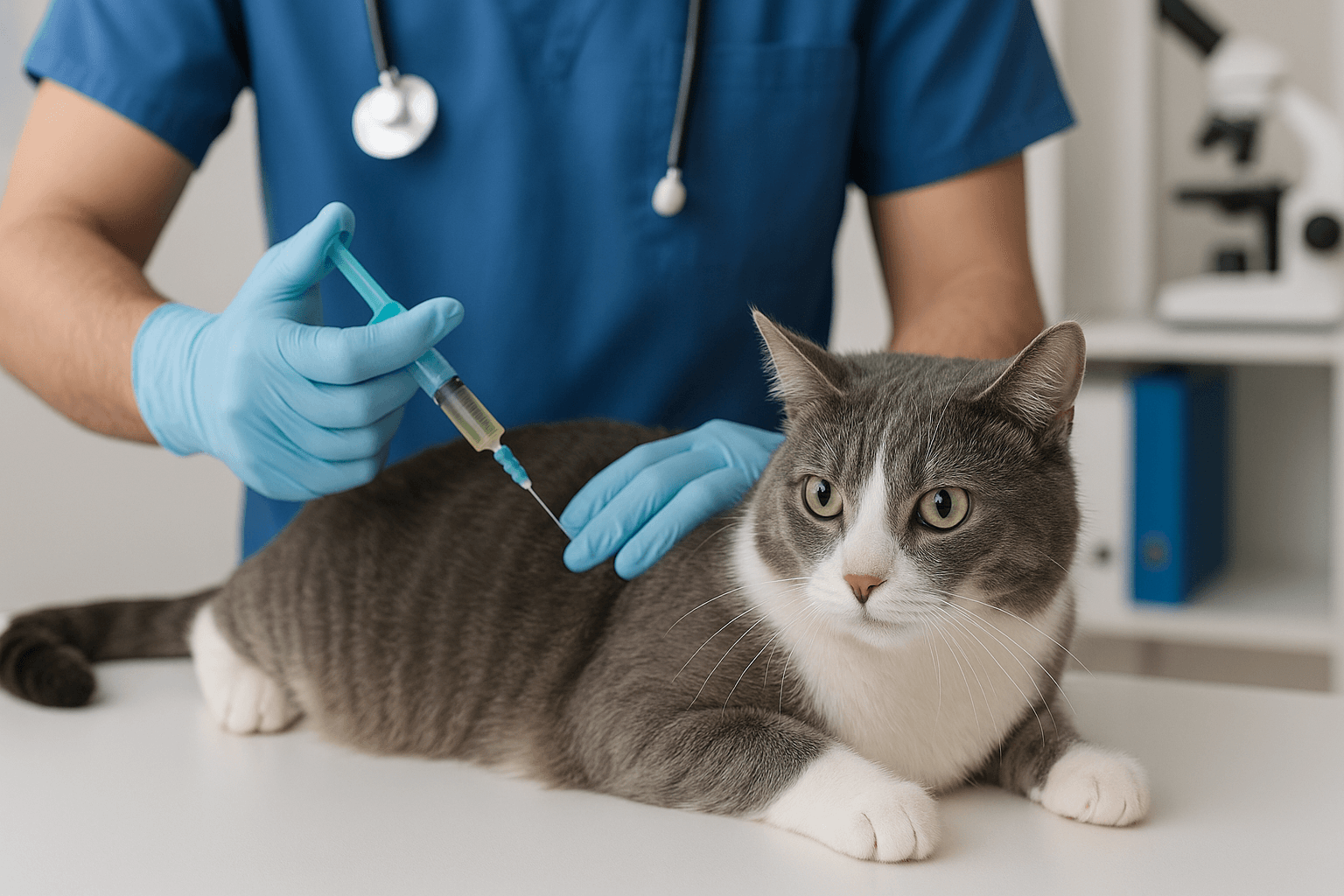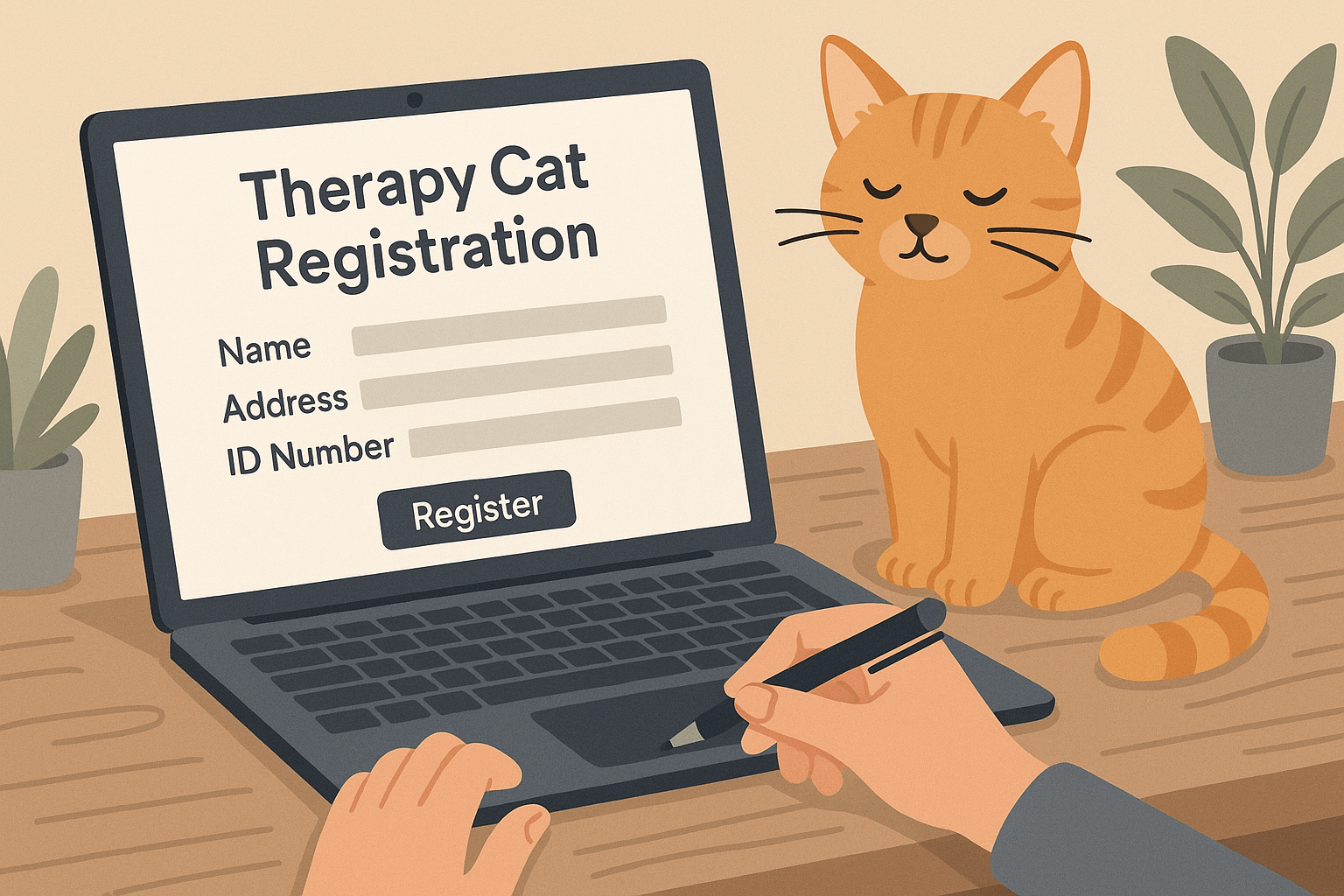Can You Use Dirt for Cat Litter?
When it comes to cat litter, most pet owners rely on store-bought options designed to absorb odors, clump waste, and make cleaning easier. But what if you’re out of cat litter or looking for a more natural alternative? Some people wonder whether dirt—readily available in gardens or backyards—can be used as a substitute. While dirt might seem like a convenient solution, there are important factors to consider before making the switch. From hygiene concerns to your cat’s preferences, this blog post explores whether dirt is a viable option for cat litter and provides practical advice for keeping your feline friend happy and healthy.
Pros and Cons of Using Dirt as Cat Litter
Using dirt as cat litter may sound appealing, especially for those seeking eco-friendly or budget-friendly solutions. However, it’s essential to weigh the advantages against the potential drawbacks before deciding.
Natural and Chemical-Free:
Dirt is free from artificial additives, making it an appealing choice for cats with sensitivities to commercial litters.Cost-Effective Solution:
If you have access to clean soil, using dirt can save money compared to purchasing branded litter regularly.Biodegradable and Eco-Friendly:
Unlike some synthetic litters, dirt breaks down naturally, reducing environmental impact when disposed of properly.Potential Hygiene Issues:
Dirt lacks the odor-absorbing properties of commercial litter, leading to unpleasant smells that can linger indoors.Risk of Contaminants:
Outdoor dirt may contain harmful bacteria, parasites, or pesticides that could pose health risks to your cat.
While dirt offers some benefits, its limitations make it less than ideal for long-term use as cat litter.
Key Considerations Before Using Dirt
Before substituting dirt for cat litter, there are several important factors to keep in mind. These considerations will help you determine whether this option aligns with your cat’s needs and your household routine.
Texture Preferences of Your Cat:
Cats often prefer fine, soft textures for digging and covering their waste. Coarse or rocky dirt may not meet their expectations.Odor Control Challenges:
Unlike commercial litters, dirt does not effectively mask odors, requiring frequent changes to maintain cleanliness.Cleaning Difficulties:
Scooping and disposing of waste from dirt can be messier and more time-consuming than with traditional litter.Indoor vs. Outdoor Use:
Using dirt indoors can create tracking issues, while outdoor setups may expose your cat to weather-related discomforts.Health Risks to Humans and Pets:
Parasites such as toxoplasmosis or contaminants in soil could endanger both your cat and your family’s health.
Carefully evaluating these factors ensures you make an informed decision about using dirt as cat litter.
Check this guide 👉How Big Should a Cat Litter Box Be? Best 7 Expert Tips!
Check this guide 👉Understanding Cat Litter Ingredients: Best 7 Expert Tips!
Check this guide 👉Cat Litter Pine Pellets: Best 7 Expert Tips!
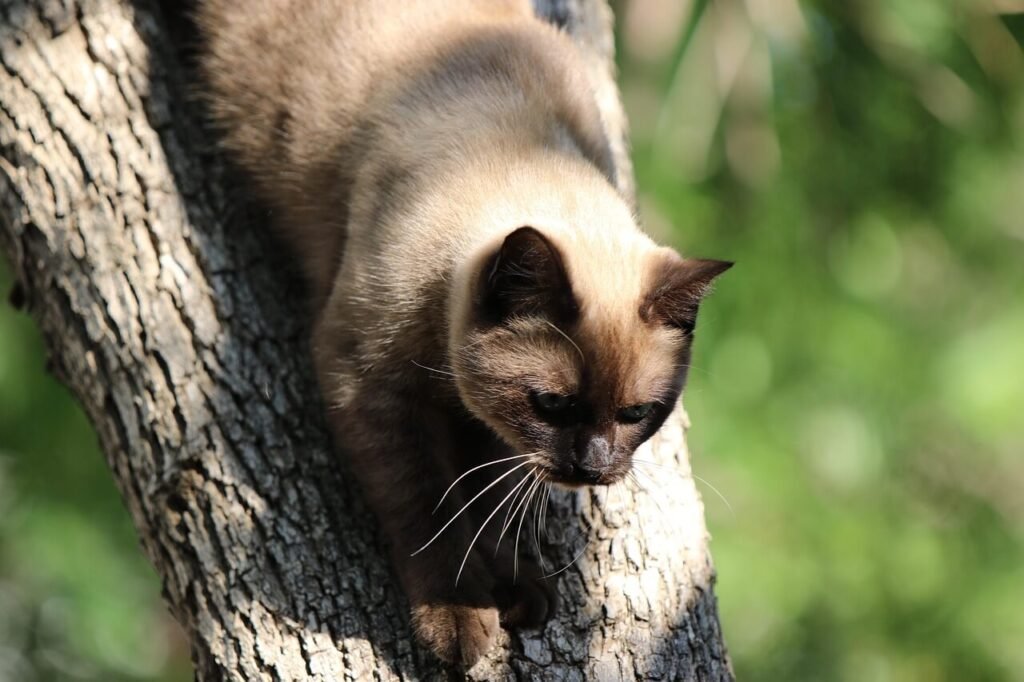
Advantages of Using Dirt | Disadvantages of Using Dirt |
|---|---|
Natural and chemical-free | Poor odor control |
Cost-effective | Risk of contaminants |
Biodegradable | Messy cleanup process |
Readily available | May not suit your cat’s preferences |
Eco-friendly disposal | Tracking dirt indoors |
How to Safely Use Dirt as Cat Litter (If Necessary)
If you decide to use dirt temporarily or experimentally, taking precautions can minimize risks and ensure a smoother experience for both you and your cat.
Choose Clean Soil:
Select soil from areas free of pesticides, fertilizers, or animal feces to reduce contamination risks.Sift Out Debris:
Remove rocks, sticks, or other debris to create a finer texture that’s more comfortable for your cat.Provide a Deep Layer:
Ensure the container has enough depth for your cat to dig and cover their waste comfortably.Clean Frequently:
Scoop waste daily and replace the dirt every few days to prevent odors and bacterial growth.Monitor Your Cat’s Behavior:
Watch for signs of dissatisfaction, such as avoiding the box, which may indicate dirt isn’t meeting their needs.
By following these tips, you can safely test dirt as a temporary litter solution while prioritizing your cat’s comfort and health.
Safer Alternatives to Dirt for Cat Litter
If dirt proves impractical or risky, there are plenty of safer alternatives that mimic its natural qualities while offering better performance.
Clay-Based Litters:
Affordable and widely available, clay litters provide excellent odor control and clumping abilities.Wood Pellet Litter:
Made from natural wood, this biodegradable option absorbs odors well and is gentle on paws.Paper-Based Litter:
Recycled paper litters are dust-free, eco-friendly, and ideal for cats with respiratory issues.Corn or Wheat Litter:
Plant-based litters are flushable, biodegradable, and highly absorbent, making them a sustainable choice.Silica Gel Crystals:
Long-lasting and low-maintenance, silica gel litters trap odors effectively and require less frequent changes.
These alternatives combine the benefits of natural materials with the functionality of modern litter products.
Signs Your Cat Dislikes Their Litter Choice
Cats can be particular about their litter, and using dirt might not always meet their expectations. Look for these signs that your cat isn’t happy with their current setup.
Avoiding the Litter Box:
If your cat starts eliminating outside the box, it may signal dissatisfaction with the litter material.Pawing at the Floor After Use:
This behavior indicates your cat feels the litter isn’t adequately covering their waste.Refusing to Dig:
Cats instinctively dig before and after elimination—if they stop doing so, the texture may be off-putting.Meowing or Acting Anxious Near the Box:
Vocalizations or stress behaviors near the litter box suggest discomfort or frustration.Urinating Only in Corners:
Seeking secluded spots instead of using the box points to a need for better litter options.
Recognizing these signs helps you identify and resolve litter-related issues promptly.
Tips for Transitioning to New Litter
Switching from dirt to a different litter requires patience and care to ensure your cat adjusts smoothly. Follow these tips for a successful transition.
Introduce Gradually:
Mix small amounts of new litter with the old type, gradually increasing the proportion over time.Place Side-by-Side Boxes:
Offer two litter boxes—one with dirt and one with the new litter—to let your cat choose their preference.Maintain Familiar Scents:
Add a bit of the old litter to the new box to retain familiar scents and reduce anxiety.Stick to a Routine:
Keep the litter box in the same location and maintain consistent cleaning habits during the transition.Reward Positive Behavior:
Praise or treat your cat when they use the new litter to reinforce acceptance.
A gradual approach minimizes stress and encourages your cat to adapt to the change.
Eco-Friendly Ways to Dispose of Used Litter
Proper disposal of used litter is crucial for maintaining hygiene and protecting the environment. Here are some eco-conscious methods to consider.
Composting Plant-Based Litters:
Certain biodegradable litters can be composted, though waste should never be added to the pile.Double-Bagging Non-Biodegradable Waste:
Seal plastic bags tightly to prevent leaks and dispose of them responsibly.Flush Flushable Litters Carefully:
Check local plumbing regulations before flushing plant-based litters to avoid clogs.Repurpose Old Containers:
Use recyclable bins or bags to transport used litter without creating additional waste.Avoid Dumping in Gardens:
Never dump used litter in garden beds, as it can spread pathogens and harm plants.
These practices promote sustainability while ensuring safe and hygienic disposal of used litter.
Frequently Asked Questions About Using Dirt for Cat Litter
Is dirt safe for my cat to use as litter?
While dirt itself isn’t toxic, it may harbor contaminants or fail to meet your cat’s hygiene needs.
What type of soil works best for cat litter?
Fine, sandy soil without debris or chemicals is preferable, but even then, it’s not ideal for indoor use.
How often should I change dirt if I use it as litter?
Dirt should be changed every 2-3 days to prevent odors and bacterial buildup.
Can I mix dirt with regular cat litter?
Mixing dirt with commercial litter won’t improve functionality and may worsen odor control.
What should I do if my cat refuses to use dirt?
Switch back to a familiar litter type quickly to avoid accidents outside the litter box.
Finding the Right Litter for Your Feline Friend
While dirt may seem like a convenient or natural option for cat litter, it falls short in many areas, including hygiene, odor control, and ease of use. For the sake of your cat’s health and your household’s cleanliness, investing in high-quality litter is often the better choice. That said, understanding your cat’s preferences and exploring eco-friendly alternatives can lead to a solution that works for everyone. Whether you stick with commercial litter or experiment with natural options, always prioritize your cat’s comfort and safety above all else.
Is the Rubber Tree Cat Safe? Best 7 Expert Tips! Discover expert advice on keeping rubber plants safely in cat-friendly homes and learn top tips for pet-safe plant care.
Low Red Blood Cell Count in Cats: Best 7 Expert Tips! Discover causes, symptoms, and treatment options for feline anemia. Learn how to support your cat’s health effectively with expert advice.
Understanding Megacolon Treatment: Best 7 Expert Tips! Discover effective strategies to manage feline megacolon, from dietary changes to surgical options, ensuring your cat’s comfort and long-term health.
How to Register a Therapy Cat: Best 7 Expert Tips! Discover essential steps to certify your cat as a therapy animal, prepare them for training, and make a meaningful impact in therapeutic settings.

